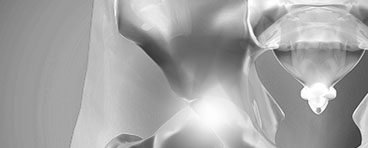Click on the links below to find out more
Upper Limb Fractures/Broken Bones
Description
Upper limb fractures occur from either direct trauma or indirectly from forces applied to the limb (eg twisting injuries). The type of fracture depends on the size and direction of the injury to the limb. Fractures are defined by the mechanism of fracture, the displacement of the bone within the body, whether or not the bone has penetrated the overlying skin. As each fracture will differ in severity and classification, there is no single treatment suitable for all cases and healing time for upper limb fractures will differ.
Condition
Low energy injuries (such as falls from a standing height), usually result in less complex fracture patterns and less soft tissue injury. Typical falls from standing height cause wrist fractures, elbow fractures, humerus or clavicle fractures. Typical symptoms of a fracture include:
- Pain
- Swelling
- Deformity
- Restricted movement
- Weakness
- Difficulty lifting things
Lower energy injuries can be missed and may be passed off as ‘sprains’ or ‘strains’. If you have had an injury that is not responding to treatment, it is advisable to see your doctor and obtain X-Rays to rule out a fracture.
Higher energy injuries (such as motorcycle and car crashes) typically fracture bones in multiple places, into smaller pieces, and commonly disrupt the soft tissues resulting in large amounts of bruising and swelling. These can be challenging to treat and frequently require surgery to restore the bones to their anatomical position to make healing quicker and your function better in the long term.
Support for Patients with Upper Limb Fractures
If you’ve been in an accident or suffered a stress injury and suspect a fracture, ensure that you seek medical attention. Failing to treat a fracture can result in complications from improper healing, including further pain, misalignment, limited movement and arthritis.
Dr David Slattery has extensive experience consulting on fractures and is able to make use of a variety of conservative and surgical intervention as part of a treatment plan – detailed here.
Dr Slattery endeavours to see all fracture patients within 24 hours of initial enquiry. Contact his rooms at Melbourne Bone and Joint in central Melbourne, Windsor, Brighton or Heidleburg on 03 5752 5020 or call for after hours fractures.







